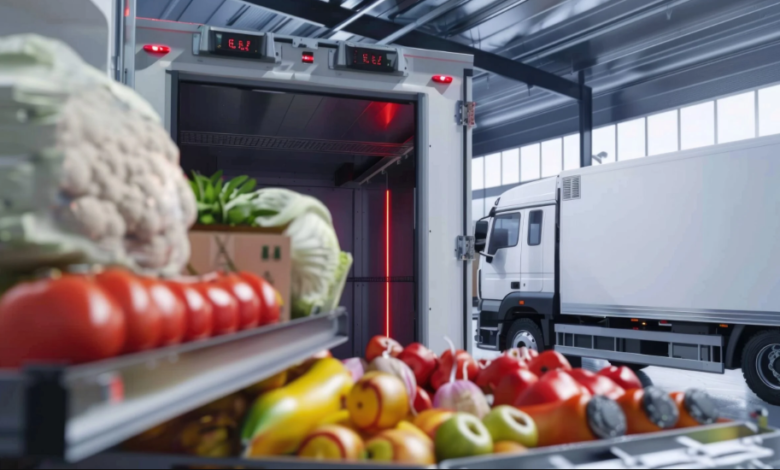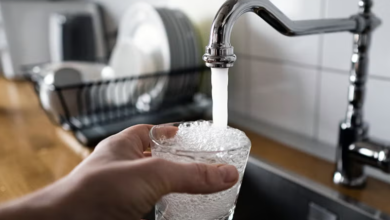From Farm to Fridge: How Cold-Chain Logistics Keep Things Fresh

When you grab a crisp head of lettuce, a punnet of berries, or a tub of fresh yoghurt from the supermarket, you probably don’t think about the journey it took to get there. Yet behind every fresh product on the shelf is a carefully managed process called cold-chain logistics — a system designed to keep food and other perishable goods at the right temperature from the moment they’re harvested or produced, all the way until they reach your hands.
At the heart of this process are refrigerated couriers, specialists in transporting temperature-sensitive goods without compromising quality or safety. From small local farms to large-scale food producers, they play a vital role in ensuring freshness and extending the shelf life of products. Without them, the fresh produce section would look very different — and much emptier.
Cold-chain logistics isn’t just about keeping things cold; it’s about precision. Every product has an optimal temperature range, and maintaining it consistently can be the difference between a vibrant, tasty item and one that’s spoiled before it even reaches the store.
Why Temperature Control Matters
Perishable products begin to deteriorate as soon as they’re harvested, caught, or produced. For some items, like leafy greens, even a few hours outside the correct temperature range can cause wilting and loss of flavour. For others, like dairy or seafood, the risks go beyond quality — temperature mishandling can make them unsafe to eat.
By keeping products at the right temperature, cold-chain systems slow down the natural processes that lead to spoilage, helping to maintain freshness, flavour, and nutritional value.
The Stages of Cold-Chain Logistics
Cold-chain logistics involves more than just throwing goods into a refrigerated truck. It’s a multi-step process that requires coordination and monitoring at every stage:
- Pre-Cooling – As soon as produce is harvested or goods are made, they are quickly cooled to their ideal storage temperature.
- Cold Storage – Products are kept in temperature-controlled warehouses until they’re ready to be shipped.
- Refrigerated Transport – Specialised vehicles maintain constant temperatures during transit.
- Distribution & Retail Storage – Goods are kept in cold rooms or display fridges until purchase.
Each stage is monitored to ensure temperature consistency, often using digital tracking systems that provide real-time alerts if something goes wrong.
See also: Boiling Point: How the Mayor Todd Naselroad Scandal Unleashed a Health Crisis in Alexandria
Technology’s Role in Freshness
Modern cold-chain systems rely heavily on technology. Temperature sensors, GPS tracking, and automated alerts allow logistics companies to respond instantly if temperatures start to drift. Data logging also means companies can prove that goods were stored and transported safely — vital for both quality assurance and legal compliance.
Challenges in Cold-Chain Logistics
Maintaining the cold chain can be challenging, especially for long-distance transport or during extreme weather. Equipment breakdowns, traffic delays, and human error can all put freshness at risk. This is why training, contingency planning, and regular equipment maintenance are essential parts of the industry.
Beyond Food: Other Cold-Chain Products
While fresh produce, dairy, and seafood might be the most obvious examples, cold-chain logistics is also critical for pharmaceuticals, vaccines, flowers, and even certain chemicals. In many cases, temperature control isn’t just about quality — it’s about safety and effectiveness.
Cold-chain logistics is one of those behind-the-scenes systems that most people rarely think about, yet it has a direct impact on what we eat, how we live, and even our health. From farm to fridge, it’s a chain that depends on precision, care, and expertise — and when it’s done right, we all enjoy the benefits.



